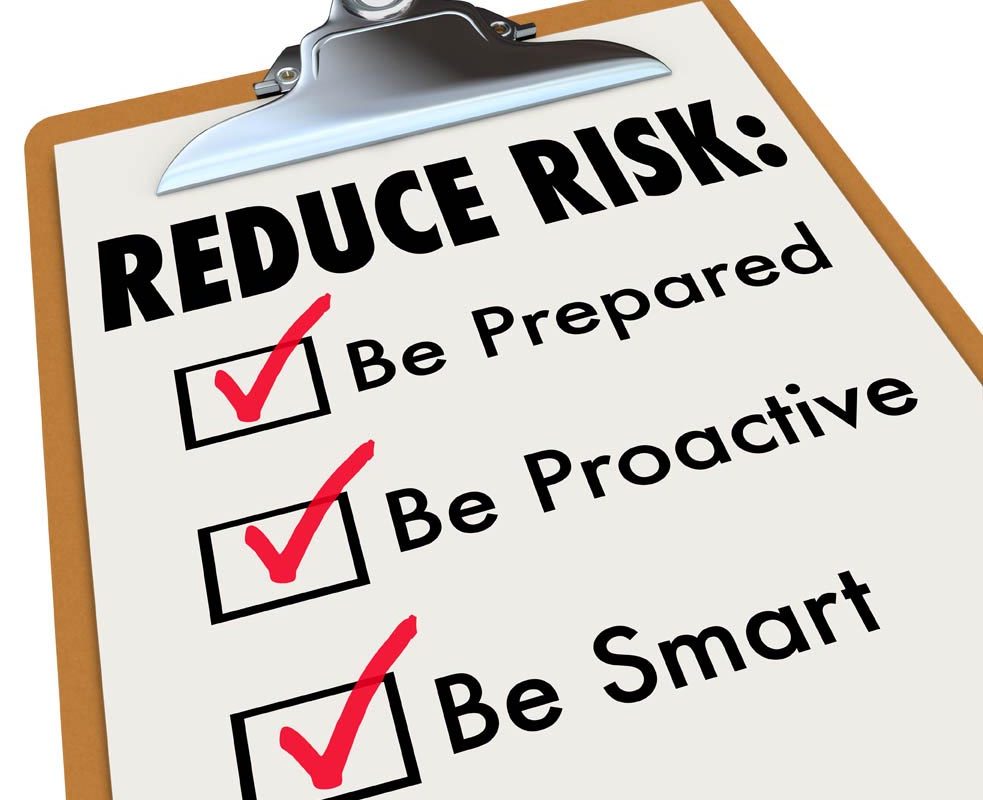If you run a business or any other non-domestic premises, one of the legal requirements is that you are responsible for fire safety. This applies if you are the employer, the owner, a landlord, an occupier, or anyone else with control of the building, such as a managing agent or building manager. This comes under the Regulatory Reform (Fire Safety) Order 2005, and you are known as the Responsible Person.
This can get even more complicated if you run an office in a building where there are several businesses because there will be several Responsible Persons and the law requires that you all work together.
As the Responsible Person you must:
- carry out a fire risk assessment of the premises and review it regularly.
- tell employees or their representatives about the risks you’ve identified.
- put in place, and maintain appropriate fire safety measures.
- plan for an emergency.
- provide employee information, fire safety instruction, and training.
For common or shared areas, such as corridors, staircases, lifts, and so on, the Responsible Person is the landlord, managing agent, or building owner.
As the Responsible Person, you have to carry out a fire risk assessment and review it “regularly”, although the law does not define what is meant by “regularly”. For all practical purposes, most people assume that this is annual. You also need to review it when you make any changes. So, for example, if you move all the desks around and put up partitions, this could alter the escape route in case of fire. In addition, if you have more than five employees you are also required to keep a written record of your fire risk assessment and this must be available to an authority, usually your local fire authority, if they wish to see it.
So, you need to identify any and all fire hazards and the people at risk. You also need to evaluate and remove the risks, or if they cannot be removed, reduce them. For example, if you use flammable material in the course of your work it must be kept in a safe place and away from sources of combustion. You also need to provide an emergency plan and carry out employee training, which has to be done during working hours.
The things that you need to consider include emergency escape routes and exits, fire detection and warning systems, fire-fighting equipment, and have an emergency escape plan. You also have to consider the requirements of people who may be vulnerable such as the elderly or disabled.
One of the issues with all this is that the government guidelines state as follows:
“You must appoint one or more competent persons, depending on the size and use of your premises, to carry out any of the preventive and protective measures required by the Order (you can nominate yourself for this purpose). A competent person is someone with enough training and experience or knowledge and other qualities to be able to implement these measures properly.”
This is all well and good, but when you run a business, you are a specialist in the type of services or goods that you provide for your customers or clients, not in the “ins and outs” of fire safety. Certainly, some things in your office may be obvious and stand out a mile, but there are also going to be many things that you miss, not because you are unintelligent, but simply because you haven’t had any training or experience. Apart from any other considerations, the government guidelines for fire safety in offices and shops run to 146 pages! You cannot be expected to know, but the law requires you to undertake an office fire safety assessment anyway.
Fortunately, there is a way around this and that is that you can delegate the fire safety assessment to another competent person. In this case, that would be one of our team at UK-Fire Safety Assessments. We can undertake your fire safety assessment wherever your office happens to be in the UK, and we will provide you with our recommendations and also with the written record which you are required to keep. This way, you will keep your employee safe, and at the same time be compliant with the law.

